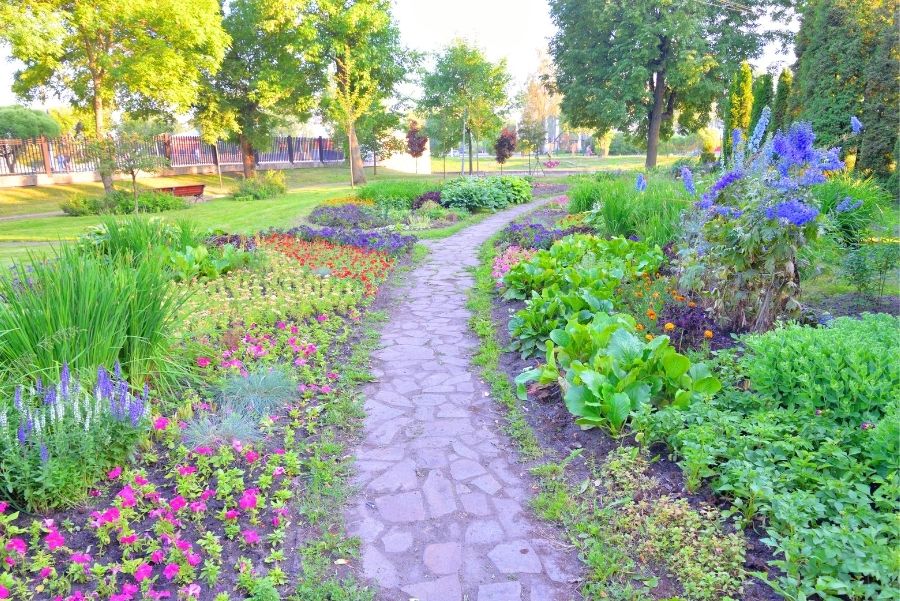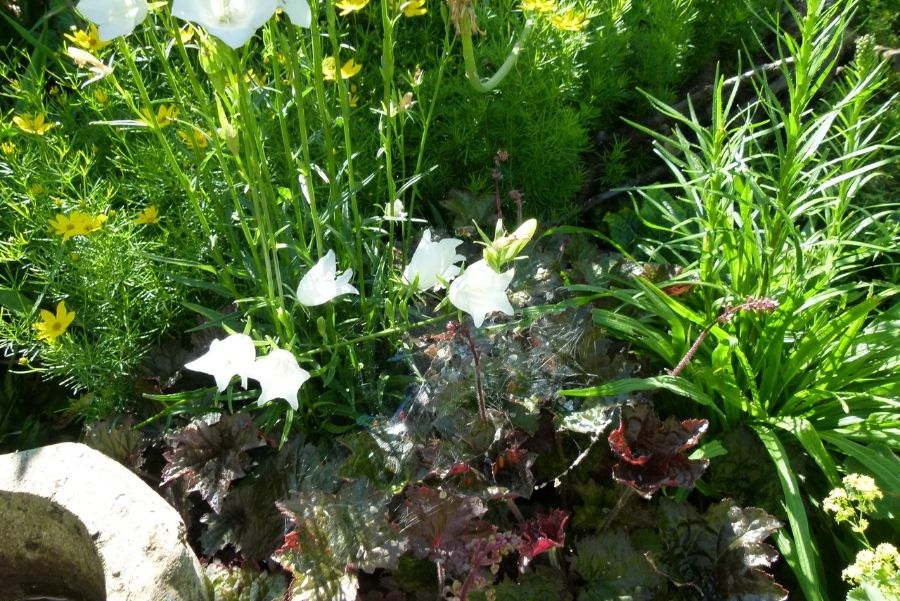Flower bulbs are a thing of beauty and a joy forever. When planted in a garden, they bloom during springtime into a riot of colours. The ideal period to plant some flower bulbs in your garden is the autumn season. The primary step that needs looking into is the feed or fertilizer you put into these bulbs’ soil. The soil ought to allow the water and rainfall to seep through it with ease and stability. In case, the ground has more significant clay content, add some other ingredients into it.
Bulbs which bloom in Spring and Summer should have phosphorus mixed in well with their soil. Bonemeal is another component which should be added to the mix. For those bulbs that flower in the Spring, five 10-10-10 soluble fertilizer tablespoons should be put into the soil in the autumn season. Once the flower buds start appearing above the green foliage, repeat this process.
However, those bulbs, which bloom in the Summer and Fall season, ought to have fertilizer or feed added to their soil on a monthly schedule. This time it should be seven tablespoons of 10-10-10 soluble fertilizer. They also must be watered regularly. Don’t let this action occur on a superficial level. Rehydrate the soil of these bulbs so that it is moist to the touch.
A general rule of thumb to keep in mind is to fertilize the bulbs when they have arisen as stalks from the ground. Also, fertilize them when they are halfway through their full growth cycle. Finally, when the bulbs have reached their apogee, you can repeat the process for the third and last time. Be cognizant that all these bulbs blossom when their feed is taken care of on an intensive basis. So leave no stone unturned to see that the meal is given in the right amount at the right moment. Usually, twice per year is the turnover rate of this complex feed for bulbs. One would be planting season in Autumn, and the other would be when the bulbs flower spontaneously and naturally.
Among the choice of fertilizer could be animal blood as well as crushed bones. Even manure from various animals serves as an excellent source of fertilizer. A fertilizer which is pretty high in potassium is liquid tomato mixture. Nourish your bulbs with small amounts of this fertilizer every week or so. Miracle-Glo is another good commercial fertilizer for bulbs. Usually, it is advisable to feed fertilizer to the bulbs as soon as possible instead of delaying this decision till the blossoms have gone rotten. This is because the Spring season won’t belong in coming and so time is limited.
In Daffodils, the bulbs will absorb whatever useful natural energy they need in the soil’s form of nutrients and minerals. By fertilizing the bulbs in the early days of Spring, you set the pace for these tube-shaped flowers to fully reach their height of beauty and grandeur in late Spring. If they are still developing bulbs, they ought to be fertilized in the Fall season.
Tulip bulbs also require planting in the Fall season. A 10-10-10 or 10-15-10 fertilizer which expresses its concentrated ingredients slowly and steadily is essential. Biannual fertilizing is necessary, and that too should be in the ratio of one pound over 50 square feet of garden terrain.

